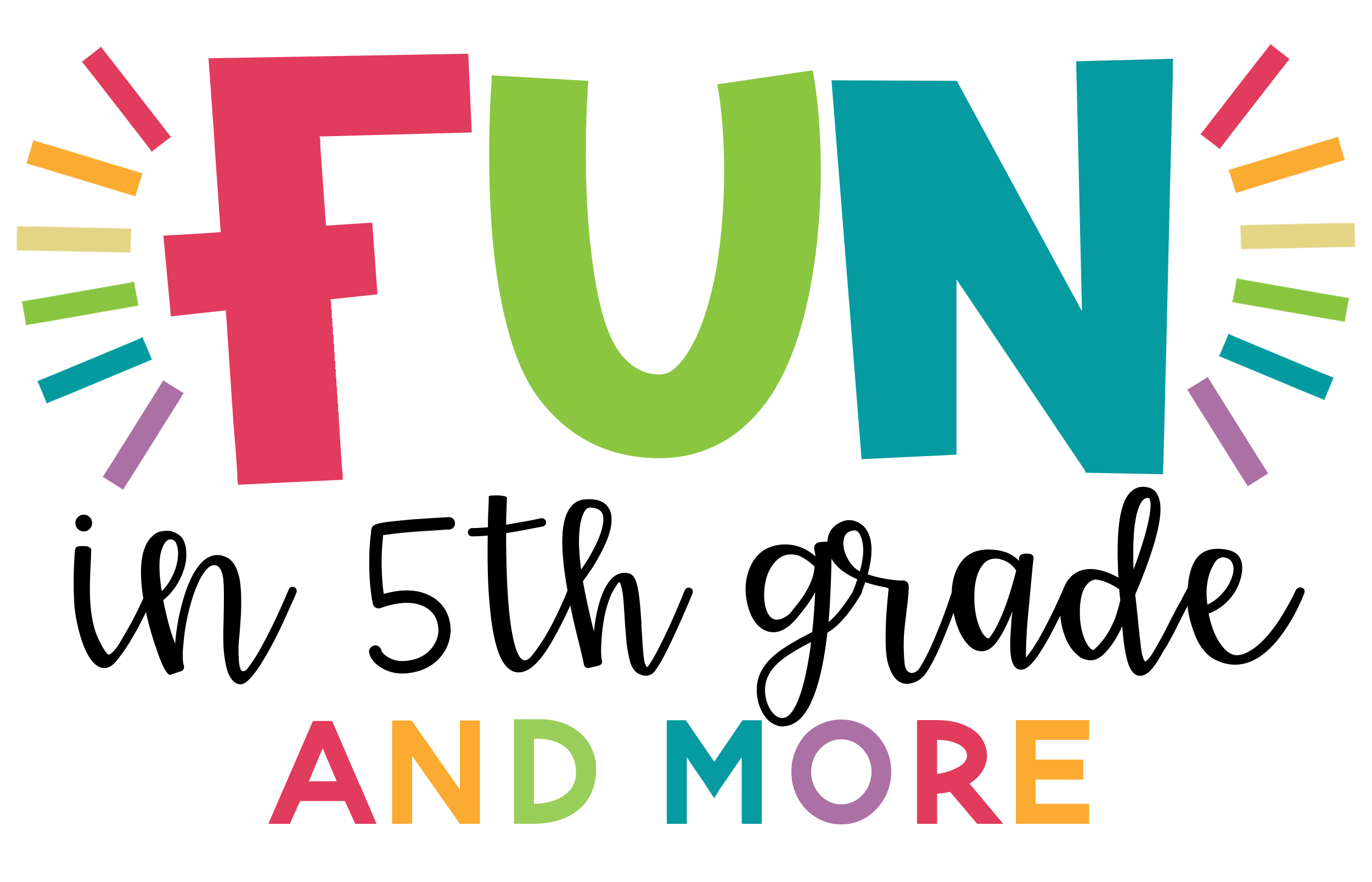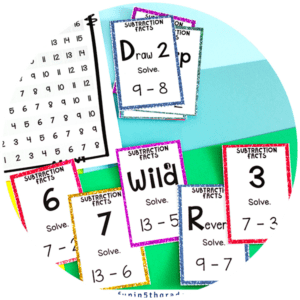Celebrate the Easter season and let off a little steam around test time with these 6 Easter experiments for upper elementary classes.
Since Easter is a holiday that always falls on a Sunday, sometimes it comes and goes without us paying too much attention to it.
In my classroom, that was not the case. For us, Easter often fell right around the same time as testing season, which was full of days with odd schedules, stress, and a lot of weird timing and scheduling to work around.
That is why I loved doing Easter experiments in upper elementary.
They are fun colorful, and they are fantastic for practicing the scientific method. Students loved playing around with classic Easter treats like Jelly Beans and Peeps and conducting experiments on eggs using a variety of household supplies.
Over the years, I assembled quite an array of Easter experiments that we could do with items that are pretty easy to find around the house or get on the cheap around Easter time.
Today, I want to share the experiments I did along with the supply lists and give you an opportunity to grab the complete experiment guide so that you can easily implement these projects in your classes, too!
So, without further ado, here are 6 Easter experiments for upper elementary that you can try this spring!
6 Easter Experiments for Upper Elementary
Easter Experiment #1 | Microwaveable Peeps
Supplies: 2 Kinds of Marshmallow Peeps, Microwaveable Plates, Microwave
The Experiment: This experiment is all about seeing how Peeps react when placed in a microwave.
Expand the Experiment: You can expand this experiment to include changes in the amount of time the Peeps are microwaved, seeing if anything changes, when the Peeps are covered versus when they aren’t, or even what happens if you heat the Peeps in different ways (i.e., over a flame, in an oven, with a torch, etc.).
Easter Experiment #2 | Liquid Peeps
Supplies: Marshmallow Peeps, 5 Different Liquids (i.e., soda, vinegar, laundry detergent, milk, water, apple juice), a tray or pan

The Experiment: In this experiment, students will predict and observe how Peeps react when placed in and/or left in different kinds of liquids.
Expand the Experiment: The basic experiment is to see how the Peeps react when placed in each liquid, but you can expand on this experiment by adding more fluids, adding color to the fluids, mixing the fluids together, or trying out other candies in the same fluids.
Grab the guide for this experiment along with all the others in this post here!
Easter Experiment #3 | Egg Crystals
Supplies: Eggs, Rock Salt, Sea Salt, Borax, Food Coloring, Small Containers with Lids, Empy Egg Cartons, and Other Substances to Test (i.e., sugar, Epsom salt, cream of tartar, baking soda, etc.)
The Experiment: This experiment is all about observing what different cystalized substances do to eggshells.
Expand the Experiment: As with many of these experiments, you can always expand on the experiment by adding in more crystalized substances, but for this one, you can also do the same tests with whole eggs rather than just shells. Simply submerge the whole eggs into jars or clear containers to see if/how they change over time.
Easter Experiment #4 | Jelly Beans Taste Test
Supplies: Various Colored/Flavored Jelly Beans (2 of each flavor for each student), Plates, Blindfolds
The Experiment: This experiment is all about the student’s sense of taste. Unlike many of these experiments, which do not include taste, this one is fun for some variety.
Expand the Experiment: You can expand this experiment by adding in other candies, eliminating the part where students get to see the candies before they start, or even heating the candies in the microwave to see how the taste is altered.
Easter Experiment #5 | Bouncing Eggs
Supplies: 2 Glass Jars or Plastic Containers with Lids, 1 Raw Egg, 1 Hard-Boiled Egg, Vinegar, Post-Its or Masking Tape, Ruler, Plates/Trays
The Experiment: This experiment is all about how eggs (raw and hardboiled) react when placed in vinegar. Hint, hint, they don’t act like normal eggs anymore!!
Expand the Experiment: You can expand on this experiment by extending the amount of time the eggs are placed in the vinegar to see how the reaction changes over time. Add in color or another substance to see if it changes the reaction at all. Try with just eggshells rather than whole eggs, or even do the same experiment with other types of eggs (i.e., duck, quail, robin, etc.).
Grab the guide for this experiment along with all the others in this post here!
Easter Experiment #6 | Dissolving Peeps
Supplies: Marshmallow Peep Bunnies, Baking Soda, Vinegar
The Experiment: This experiment is all about the reaction that occurs when Peeps are mixed with baking soda and vinegar.
Expand the Experiment: This experiment is pretty simple and doesn’t take too much time to execute. Try the same experiment with different kinds of candies, differently shaped Peeps, regular marshmallows, or other Easter-related treats to see if they all react the same way.

These 6 Easter experiments for upper elementary can add a lot of fun to your classes in the spring, and I love to add them in after we’ve completed state testing for the day as they allow the students to get up and moving and they are often really excited by what they observe.
I also like that many of these experiments use the same kinds of supplies, so it is easy to have everything ready when it’s time to get started.
What other Easter experiments for upper elementary do you like to do with Peeps or other candies? These 6 Easter experiments for upper elementary are our favorites, but what are some of yours? We’d love to know!





